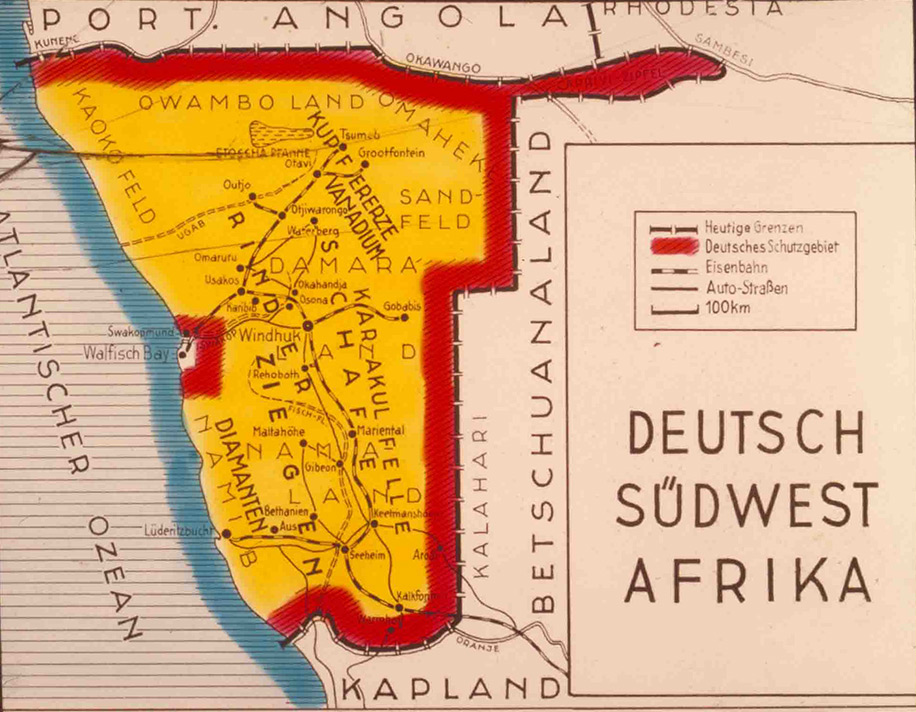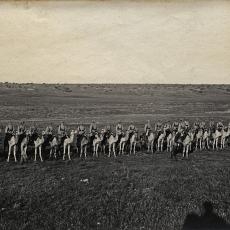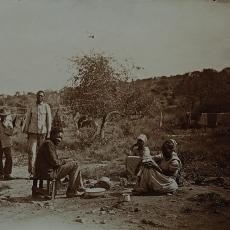German South West Africa
Driven by the idea of colonial expansion, the German Empire placed German South West Africa under imperial protection in 1884. The area encompassed present-day Namibia in southwestern Africa. The general poverty and ethnic conflict between the local tribes, particularly between the Nama and the Herero, were used strategically by the colonial government as a means of subjugation. Any resistance to foreign rule was stifled by the military superiority of the German forces of occupation. The situation escalated between 1904 and 1908, when the German Reich waged a relentless war against the local people. Up to 80% of Namibia's original population fell victim to this war of annihilation, which today is regarded as the first act of genocide in the 20th century.
With the end of the First World War, Germany forfeited its colonies and German rule over Namibia came to an end. As a result of the Treaty of Versailles in 1919, the League of Nations transferred the mandate over Namibia to South Africa in 1921. It was not until 21 March 1990 that Namibia finally gained independence.





